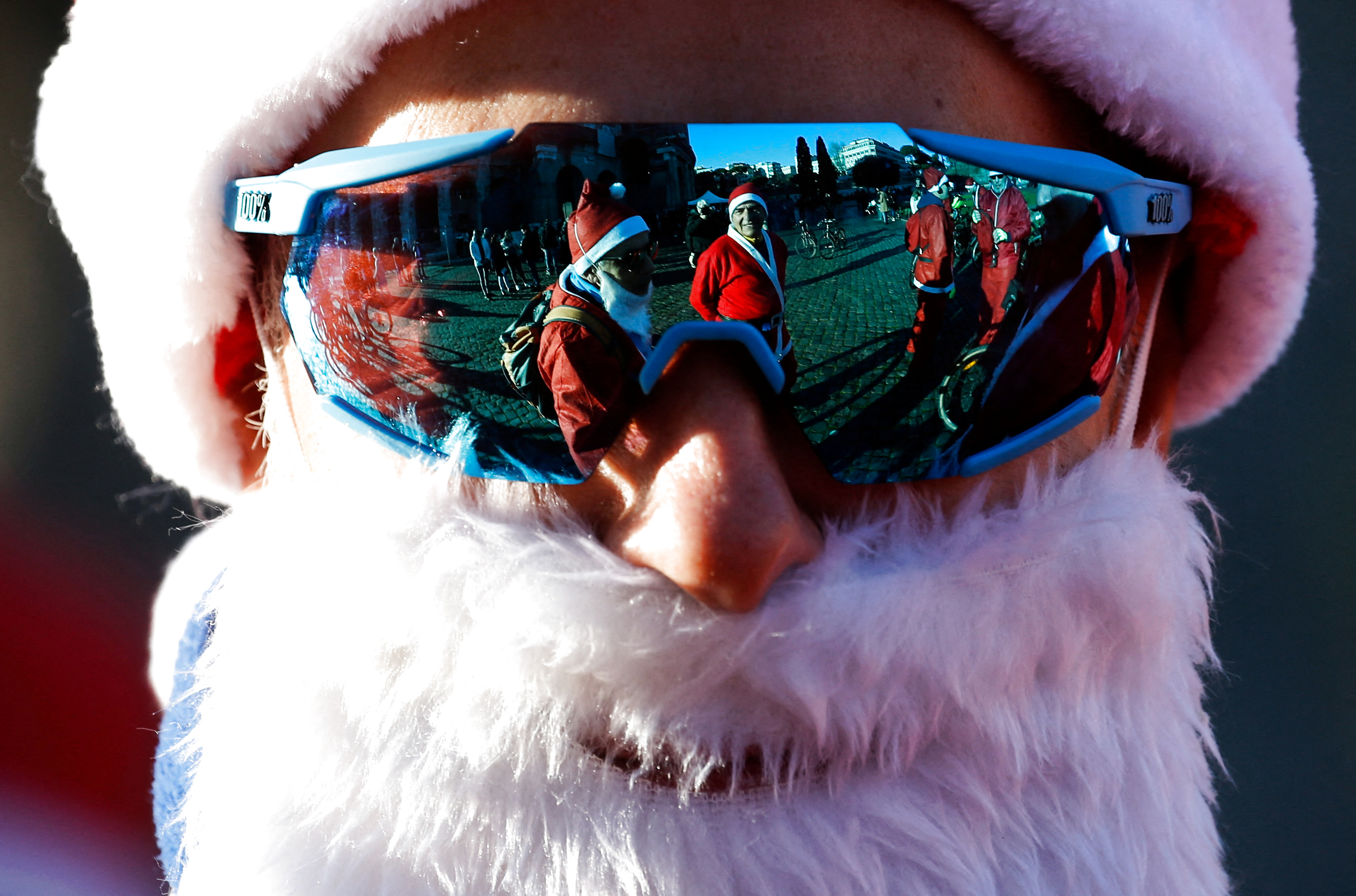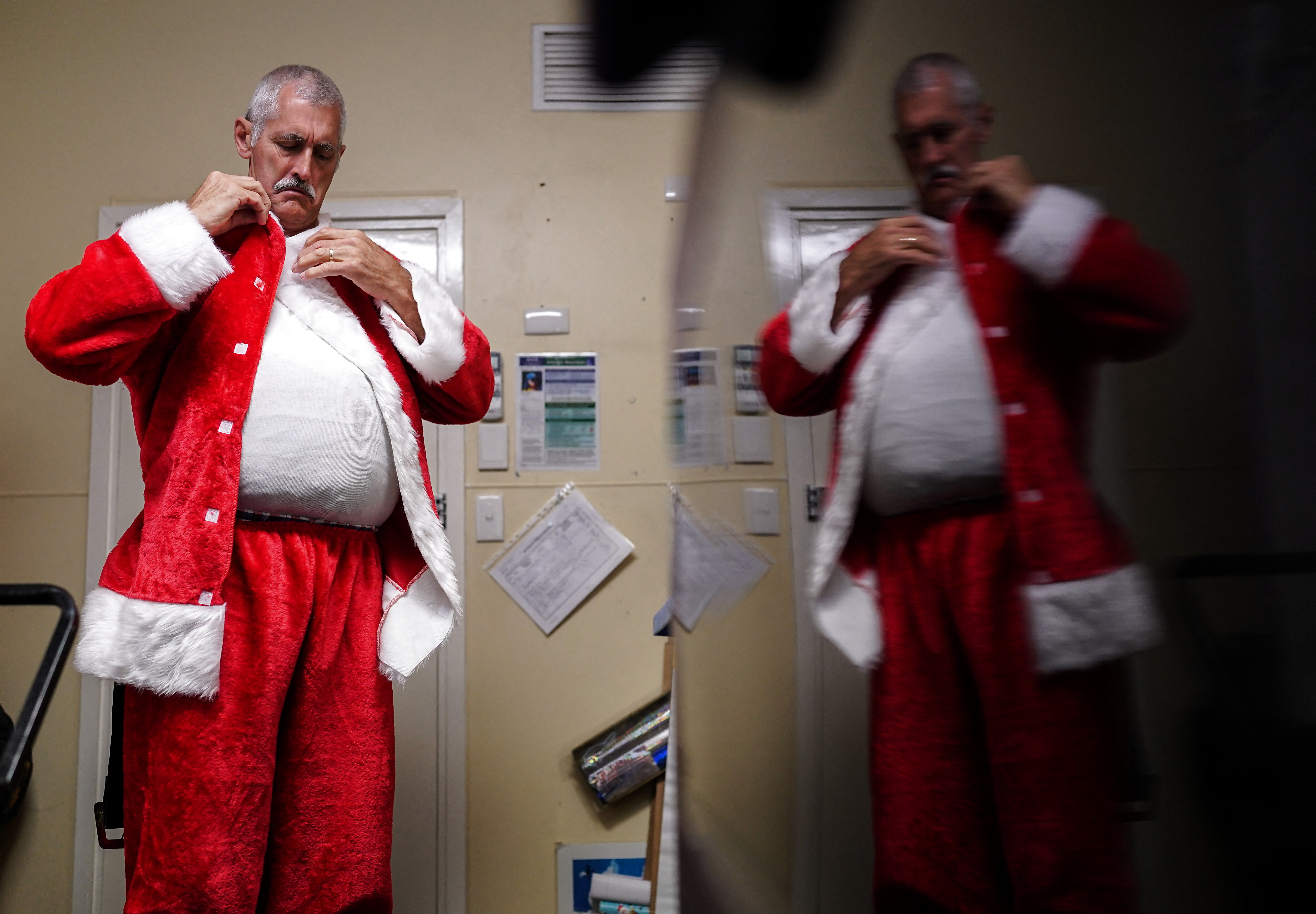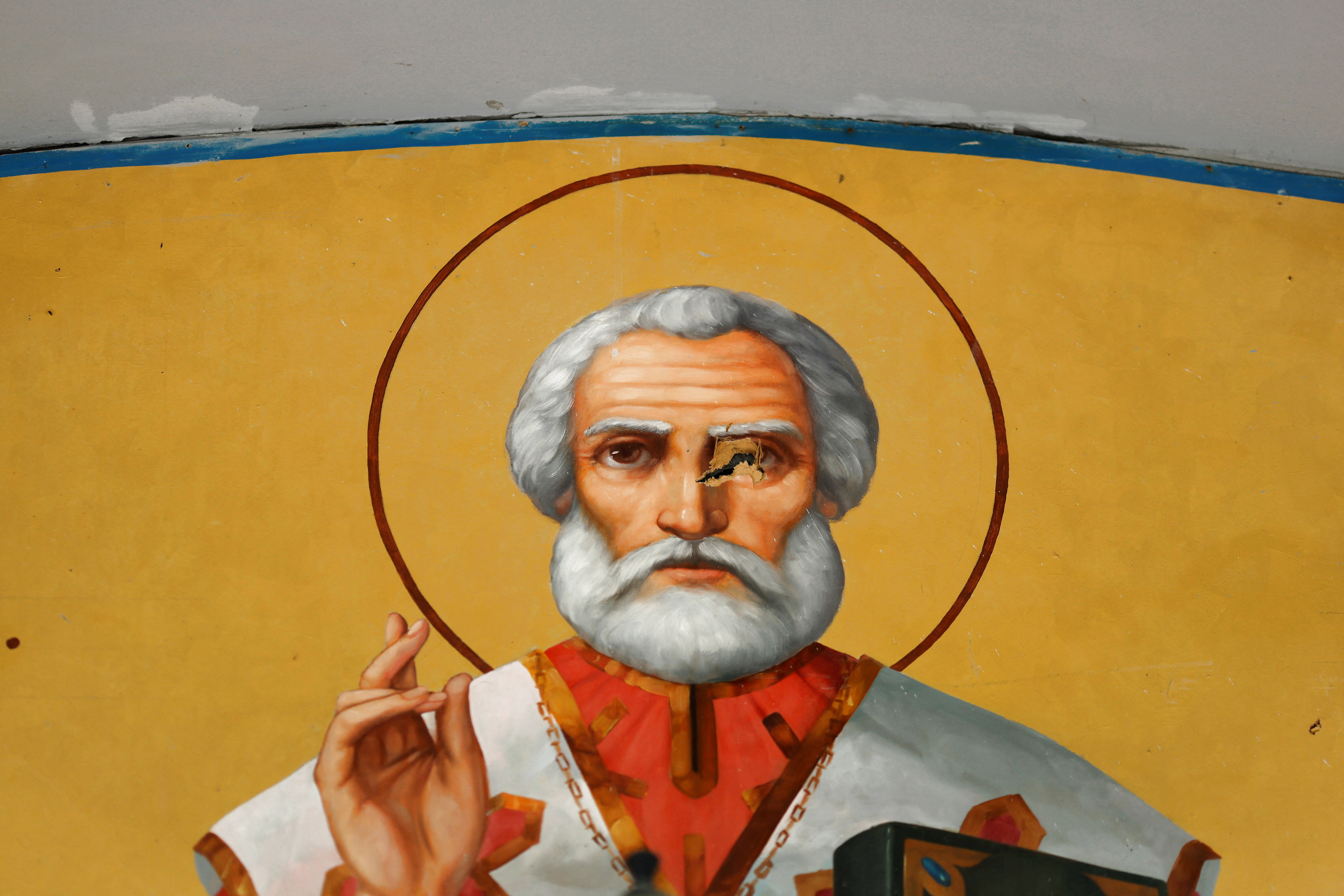
views
Ho, ho…no! Days before Christmas, Santa Claus was embroiled in a body shaming controversy following a call to ban ‘fat Santas’ from shopping malls in Australia, according to reports. With his demand that sticking pillows or other stuffing down the front of the famous red suit end, Australian health researcher Vincent Candrawinata sparked the festive fury.
According to the New South Wales-based doctor, an overweight Father Christmas encourages binge eating and is unhealthy. “Expecting Santa to be fat sends the wrong message,” he told the Herald Sun.

“I want to dispel the myth that you have to eat a lot and overindulge in order to celebrate and be joyful. Obesity should not be associated with happiness,” he was quoted as saying by Perth Now.
Dr. Candrawinata also condemned the Christmas tradition of leaving out milk and cookies for Santa in mind. “Perhaps parents can start the conversation with their children about how perhaps leaving green and red apples – which are Christmas colours – for Santa could be a healthier alternative, because at the end of the day, we have to start somewhere,” he said, according to reports.
Criticism Against Statement
Perth-based health and community psychologist Dr Marny Lishman said the contentious claims open a can of worms in regards to body-shaming, and people need to “get a bit of perspective about what’s going on in the world”. “It’s completely absurd,” Dr. Lishman told The West Australian.
“It’s silly and not nice for other people to focus on a physical body part or an aspect of a person’s body and shame them for it. It leads you on a body-shaming tangent when it shouldn’t.”
Dr. Lishman said happiness, tradition, and joy that people experience at this time of year should be “left alone,” especially given the recent psychological strain. Heidi Anderson, a Perth author and body positivity advocate, agreed with Dr. Lishman. “It’s like fat-shaming Santa,” Anderson explained to The West.
Is a Fat Santa Bad?
According to the WHO, since 1975, global obesity has nearly tripled. In 2016, over 1.9 billion adults aged 18 and up were overweight. Over 650 million of these people were obese. In 2016, 39% of adults aged 18 and up were overweight, and 13% were obese. The majority of the world’s population lives in countries where being overweight or obese kills more people than being underweight.
In 2020, 39 million children under the age of five were overweight or obese. In 2016, over 340 million children and adolescents aged 5 to 19 were overweight or obese.

Obesity is linked to a number of non-communicable diseases such as cardiac illnesses, some cancers, increased risk of fractures, insulin resistances, psychologic effects and increased future risks.
So, it is not unjustified to ask whether ‘fat figures’ in the media could increase obesity amongst people.
According to a 2015 study from Simon Fraser University’s Beedie School of Business, the increasing use of plus-sized models in advertising campaigns may be contributing to rising obesity rates.
The study, published in the Journal of Public Policy & Marketing of the American Marketing Association, discovered that as advertising campaigns increasingly use fewer images of models who are underweight and aesthetically flawless—instead utilising non-traditional models with larger body types — the tactic can have a negative effect on the public’s lifestyle and eating behaviour.
The paper, “The (ironic) dove effect: Use of acceptance cues for larger body types increases unhealthy behaviours,” was co-authored by Brent McFerran, assistant professor at the Beedie School of Business, and Lily Lin, assistant professor at California State University’s College of Business & Economics.
Five experiments were carried out to see how subjects would react to cues indicating that obesity was acceptable.

In each case, the subjects demonstrated increased intended or actual consumption of unhealthy foods and decreased motivation to engage in a healthier lifestyle, owing to a greater belief that obesity was more socially acceptable.
According to the study’s authors, efforts to increase acceptance are increasing the amount of thought consumers put into their appearance and heightening body anxiety, which is the polar opposite of what many of these marketing campaigns are attempting to achieve.
Both public policymakers and advertisers should be aware of the findings. The researchers advise both being aware of how people’s bodies are portrayed in the media and developing new strategies that do not focus on implying that any shape is “good” or “bad.”
“While this study shows that accepting larger bodies results in negative consequences, research also shows that ‘fat-shaming’ – or stigmatising such bodies – fails to improve motivation to lose weight,” study co-author Brent McFerran says.
“Because neither accepting nor stigmatising larger bodies achieves the desired results, marketers and policymakers would be wise to strike a balance by using images of people of a healthy weight and, more importantly, avoiding drawing attention to the body size issue entirely,” the authors said.
So…a Middle Ground is Good?
So while the Australian health expert’s comments ignite an important conversation, it may not necessarily be of great context here.

But it’s interesting to note that the fat Santa is actually a pretty modern creation. Santa Claus as we know him today is based on St. Nicholas, the patron saint of children who was born around the year 270. He began as a monk and rose to become the Bishop of Myra (a town in what is now Turkey), where he distributed his inherited fortune to children by throwing coins and gifts through their windows. While the signature white beard has long been a part of the uniform, early depictions of St. Nick show him to be thin, a report by the Week said.
So When Did Santa Actually Become Fat?
According to the Week, not long ago — and Coca-Cola is at partly to blame. St. Nick’s signature red suit, in particular, became an instantly recognisable part of the wardrobe in 1931, when artist Haddon Sundblom depicted Santa as a jovial, rosy-cheeked Coke-drinker for a widely circulated magazine ad.
Coca-Cola was attempting to persuade consumers that it was more than just a summer beverage. Sundblom was most likely inspired by the work of cartoonist Thomas Nast, who depicted Santa with a big warm belly in the 1890s. Early American writer Washington Irving (The Legend of Sleepy Hollow, Rip Van Winkle) was one of the first to balloon Santa’s waistline: in an 1809 book, he swapped skinny St. Nicholas and his episcopal robes for a fat elf in traditional Dutch garb.
The advertising imagery comes to mind, as one would rather have a happy old soul selling sugary snacks and drinks, instead of a skinny pious guy with a walking stick.
‘No Fat Role Models’: When a Santa Lost 40 Kgs
Some critics believe America’s Santa should lose weight and stop promoting “a message that obesity is synonymous with cheerfulness and joviality.” Similarly, professional Santa Roy Pickler, 63, lost 88 pounds on The Biggest Loser and says his newly ripped physique will not prevent him from spreading Christmas cheer. “Santa is a role model,” Pickler says, “and kids don’t want a fat role model,” he was quoted as saying by CNN.
Read all the Latest Explainers here




















Comments
0 comment